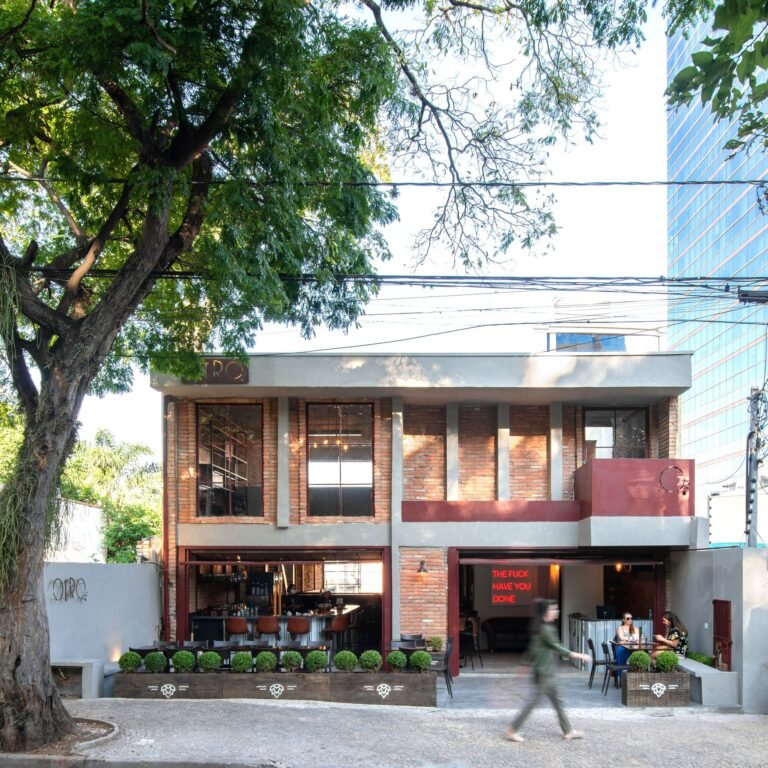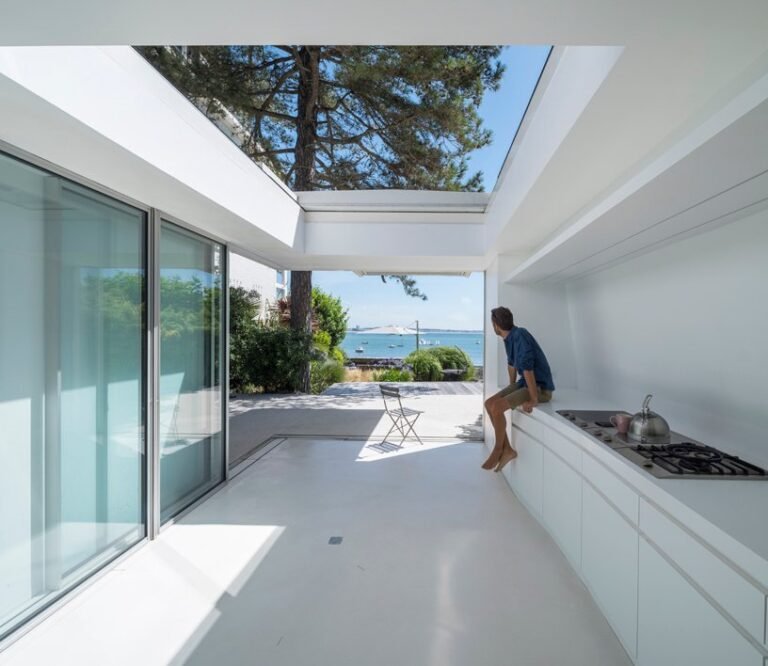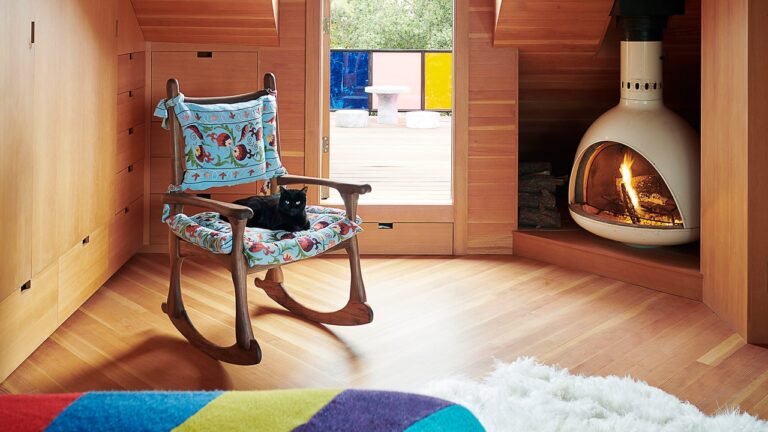Doghouse design by Frank Lloyd Wright finds forever home at Marin County Civic Center
At the age of 12, Jim Berger wrote a letter to Frank Lloyd Wright asking if the American architect, who had designed his family’s residence, in San Anselmo, California, would design a house for Eddie–his loyal Labrador Retriever. In his correspondence the young boy provided specifications for the architect to reference, including the dog’s measurements—“two and half feet high and three feet long.” In a note back to Berger, Wright wrote he was “too busy” and asked the child to inquire again “next November;” he called designing the canine-friendly structure “an opportunity.”
The following year, 1957, Wright followed through on his promise and delivered a set of drawings–a plan, elevation and section—for the doghouse to the Berger family. The design for the 4-square-foot structure was quickly sketched on the back of the envelope of Berger’s second letter—a common practice of Wright’s. His assistants at Taliesin developed the working drawings, produced on large sheets of drafting paper, exactly the same process used for large-scale projects. Wright charged no fee for the kennel design, despite Berger’s willingness to pay for the commission using his paper route money. Similar to the Usonian-style residence the architect had been commissioned to design for the Berger’s, the doghouse is quintessentially Wright, featuring a triangular form with a protruding roofline.

In a note accompanying the drawings, the architect proposed the family use scrap Philippine mahogany and cedar from the main house’s construction to build “Eddie’s House.” Upon completion, Eddie preferred the main residence over his personal abode. The original doghouse was discarded in 1970, but the Bergers held onto Wright’s drawings and used them in 2010 to rebuild the shelter, which is “the smallest structure Frank Lloyd Wright ever designed.”
Fast forward to today, Jim Berger has donated the humble kennel to the County of Marin. It is now a part of the permanent collection at the Marin County Civic Center in San Rafael, California, which is ironically the largest Wright building still standing, and also his only commissioned U.S. government building.

The wooden kennel, a small patch of artificial grass, dog bowl, and stuffed bone are on display front and center in the Civic Center’s cafeteria. Guests are shielded from the reproduction by plexiglass fabricated from the Civic Center’s original skylights—added to the building in 1959 by William Wesley Peters following Wright’s death.

In parallel with the newly installed exhibition the Department of Cultural Service is hosting a number of programs. “Design Your Own Animal House” encourages children to imagine and sketch their own animal-approved abode and the Civic Center has reinstated its 90-minute building tours–which were paused for two years due to the pandemic. Visitors can again experience private spaces of the public facility, including the balcony with sweeping views of the blue roof, access the Supervisors Chamber, and discover Wright’s custom furniture designs built by inmates at the nearby State Prison.




